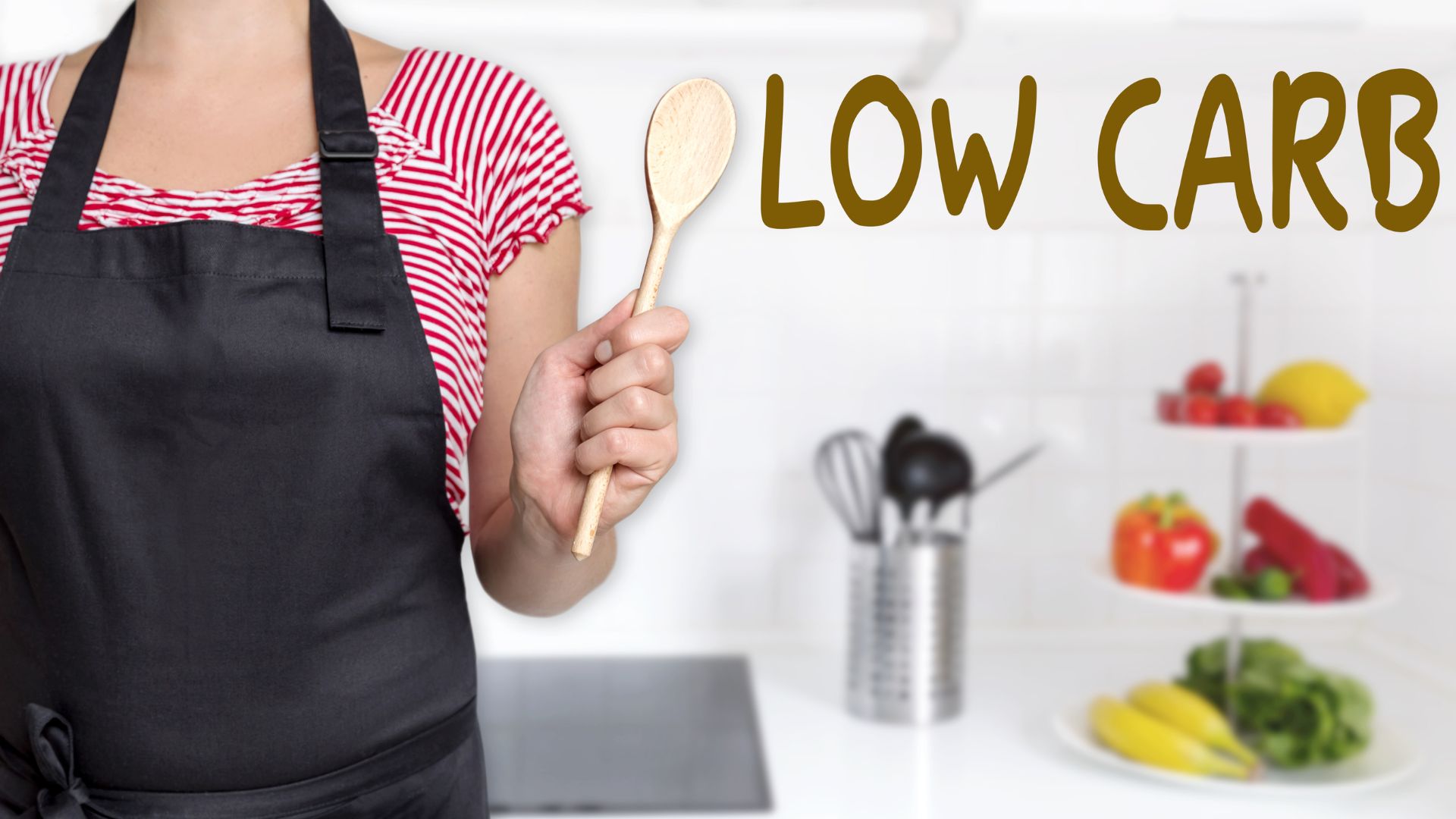A low-carb diet focuses on low-calorie carbohydrates to help the body burn fat instead of carbohydrates for fuel rather than sugar. This facilitates higher, continued energy levels throughout the day, enabling you to reach health goals and weight loss or weight maintenance.
If the body requires carbs for energy, it stores them in the muscles and liver for future use. Regardless, if the body does not use those carbs, they transform to fat.

What foods are low-carb?
Low-carb foods may be the answer for you if you are looking for a new way to eat. Low carb diets allow you to eat various foods that are high in nutritional value but low in carbs. This diet can help you lose weight and improve your overall health. There are many different low-carb foods, so it is crucial to choose the right ones for your needs.
Here is a list of low-carb foods
- lean meats, sirloin, or chicken breast
- fish
- broccoli or cauliflower
- leafy green veggies
- eggs
- seeds or nuts
- oils, coconut oil, olive oil, and rapeseed oil
- fruit, such as apples, blueberries, and strawberries

There are many diets out there, and each one has guidelines on how many carbs you should eat. Some people on a low-carb diet might be allowed only 20 grams of carbs a day, while others might be able to have up to 100 grams.
It all depends on your goals and how strict you are with your diet. Generally, you want to stay below 50 grams of carbs per day.
How you can make things easy
One of the most important aspects of any diet is making it easy to follow. By designing a meal plan, dieters can be more organized and have better control over what they eat.
There are several different meal plans, but the classic daily meal plan is the most common. This plan consists of a set number of food items to be eaten daily, with no variations allowed. Another typical type of meal plan is the flexible meal plan.

A flexible meal plan is a diet you can modify to fit your specific needs and preferences. This diet is perfect for people who are always on the go, as it allows them to eat foods from different sections of the food pyramid while maintaining a healthy weight.
A meal plan also makes it more comfortable for individuals to follow a diet by furnishing specific guidelines for what to eat at each meal and for snacks between meals.
Meal prep
Planning meals is an excellent choice, but preparing your meals is even better.
Meal prep is a great way to have healthy, convenient food you can take wherever you go. It’s a great way to stay on track with your diet and have something to eat when you’re not at home. Meal prep also saves time and money and keeps you from making bad food choices during the week.
Low-carb meals you can prepare:
- Protein pancakes
- Egg muffins
- Chicken and lettuce wraps
- Greek yogurt bowls

There are a few good low-carb snacks that you can enjoy if you’re looking to avoid processed foods. Items like hard-boiled eggs, celery, and cheese can be appreciated as is or boiled into a simple egg salad or cheese sauce. Other options include boiled or baked sweet potatoes or green beans.
All carbs are different!
Simple carbs include things like easily digested sugar. White sugar and refined flour are both simple carbs. If you’re following a strict low-carb diet, cutting back on refined and processed carbs like white sugar and white flour is good. Avoiding these carbs is an excellent way to maintain a healthy weight and control good health.

There are simple carbs and non-simple carbs, but fruits contain fructose, a simple carbohydrate. Eating fruits is recommended in low-carb weight-loss diets because they’re a good source of nutrients and are a whole-food source of carbohydrates.
Digestion requires more time and energy than simple carbs to break down complex carbohydrates. Complex carbs, such as those in beans, whole grains, and fiber-rich fruits, are the source of highly nutritious diets. Complex carbs also make people feel full quicker and for longer!
